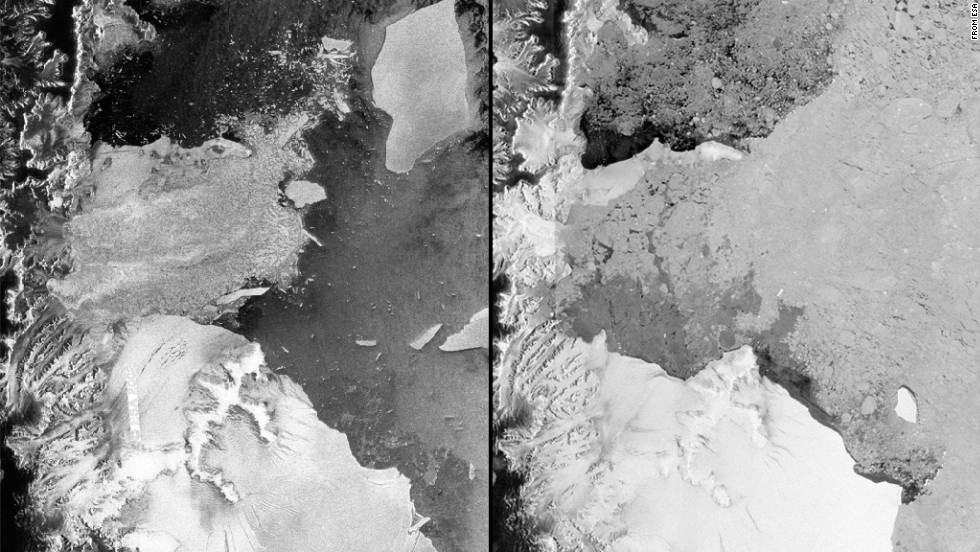Dr. Michael Tellinger SHOCKING ENLIGHTENMENT TRUE HISTORY OF EARTH and Discoveries. Wake up
(listen and Research All Testimonies Yourself)
Lets Watch FIRST than Discussed
Michael Tellinger
Now lets Discussed
Sound is faster than speed of light Research
Dr. Bill Robertson doesn’t let a little thing like the speed of light limit him. Last summer, researching with two MTSU undergraduates, a high-school teacher and two high-school students, Robertson achieved results that at first seem to fly in the face of one of the most fundamental laws of physics. Using a Rube Goldberg assemblage of regular PVC pipe, a speaker and assorted instruments, the group managed to produce a pulse of sound that exceeded the speed of light. A paper describing his research, “Sound beyond the speed of light: Measurement of negative group velocity in an acoustic loop filter, “ appeared in the January 2007 issue of Applied Physics Letters. The MTSU students involved in the project were physics major Jason Pappafotis and math major Patrick Flannigan. Teacher Jan Cathey and student Brandon Cathey came from Siegel High School; Colin Klaus from Blackman High was the other high school student. Their research was part of STEPmt, a program designed to increase discovery-based learning and undergraduate research in science, technology, engineering and mathematics. After the initial article was published, Robertson’s research was highlighted in several additional scientific publications. It also generated heated discussions on the web. Some bloggers, Robertson said, referred to him in angry and unflattering terms. “People said, ‘This just can’t be right,’” he recalled, taking the criticism in stride. “This doesn’t mean you can call yourself on the phone last Wednesday. It doesn’t violate causality or special relativity. No energy or information travels faster than the speed of light.” Robertson explained that there are “two ways of measuring wave velocity: group velocity and phase velocity. What we were looking at was group velocity.” There’s no easy way to completely explain the phenomenon he has been investigating. As Robertson told his student researchers last summer, “You don’t figure this out on day one. It takes a few weeks to understand what’s going on.” This was not the first time his research has produced intriguing results. In 2002, Robertson, with the help of senior physics and astronomy major Jeremy Munday, used an oscilloscope and other basic laboratory equipment to send an electronic signal at least four times faster than the speed of light. Later that year, a report of the experiment was published in the Sept. 9 issue of Applied Physics Letters. His work is more than an abstract investigation of an odd phenomenon; Robertson’s results have important engineering applications. He cited the example of a computer chip that might send eight separate signals through circuits of different lengths. Applying methods used in his experiments, it’s possible to “manipulate the speed of signals that travel varying paths so they arrive at the same time.” The concepts may be hard to understand, but Robertson’s approach to teaching and research is something everyone, especially students, can appreciate. He enjoys learning and discovery and passes those qualities to his students. One of the things he requires of his students in addition to the traditional tests and quizzes is a special semester project. Many students choose to build a musical instrument and test its acoustics. When projects are presented in December, they reveal a cacophonous assortment of flutes, kazoos, trumpets, xylophones, stringed instruments, electrical tone generators and didgeridoos. A few years ago, one of his students made a didgeridoo for his final project. Fascinated by the acoustics of the droning instrument from the Australian outback, Robertson created a Web page discussing the special acoustics of the instrument. His site drew attention from people all over the world and he has since become somewhat of an expert on the didgeridoo. To read more about Robertson’s latest research, visit www.livescience.com/ technology/070112_ftl_sound.html. An article on his 2002 research on electrical pulses appeared in the September 30, 2002, edition of The Record. It’s available at www.mtsu.edu/~proffice/Record/Rec_v11/rec1106/rec1106.html#Speed. His Web page on the didgeridoo is at http://physics.mtsu.edu/~wmr/didj.html. On that page, one can listen to Robertson play the instrument and view its acoustic spectrum. The Record Feb. 26, 2007 page 3 F
link to the PDF REPORT FILE


















